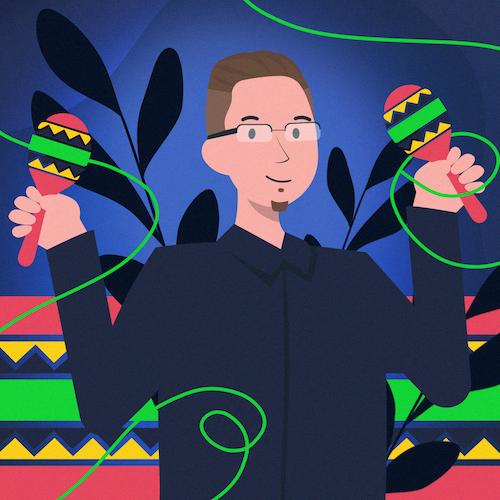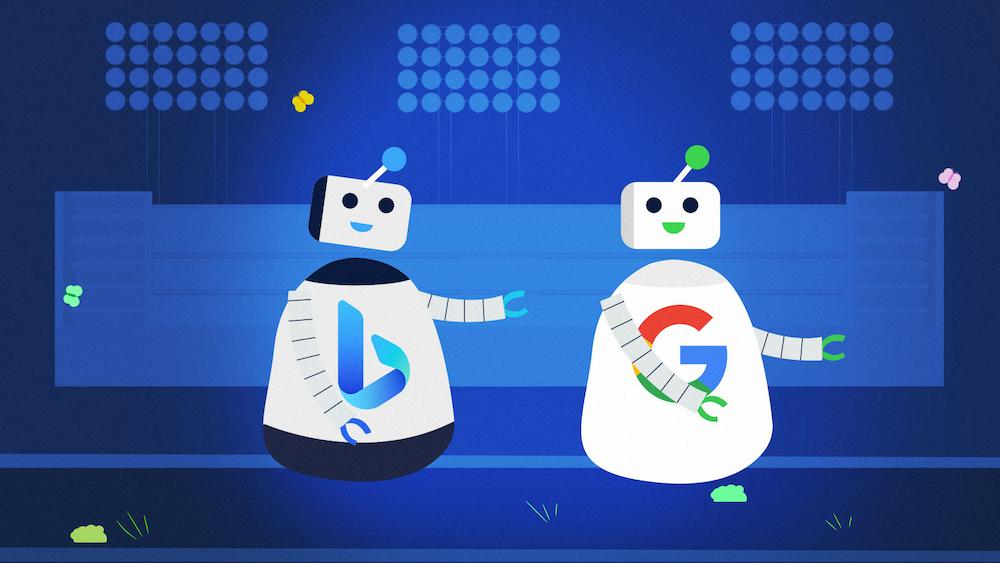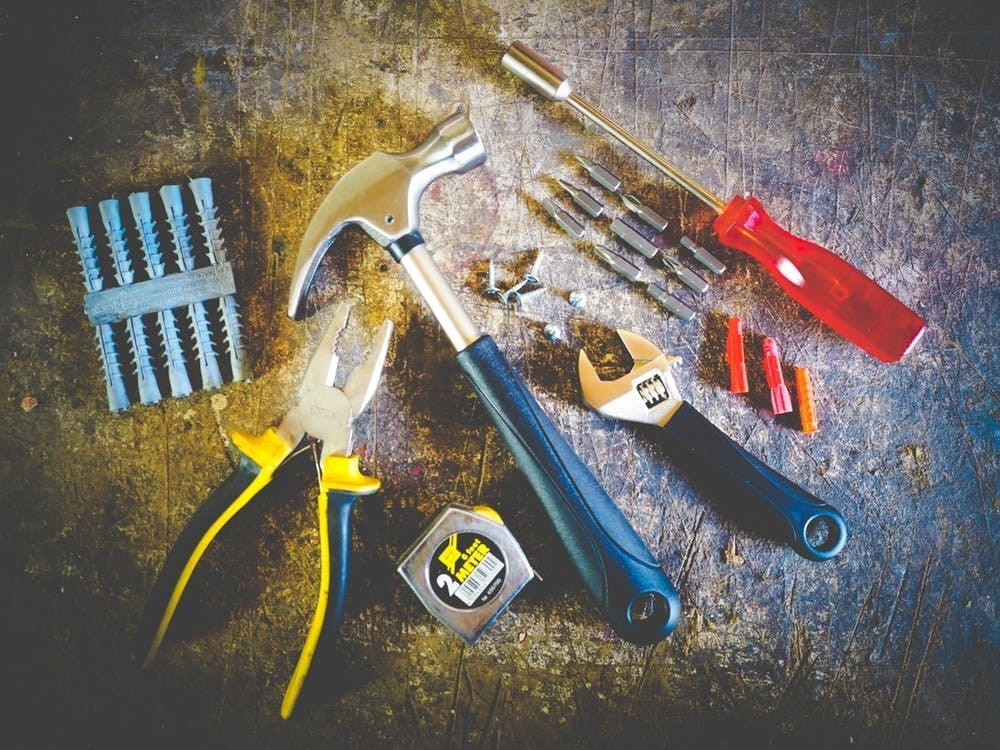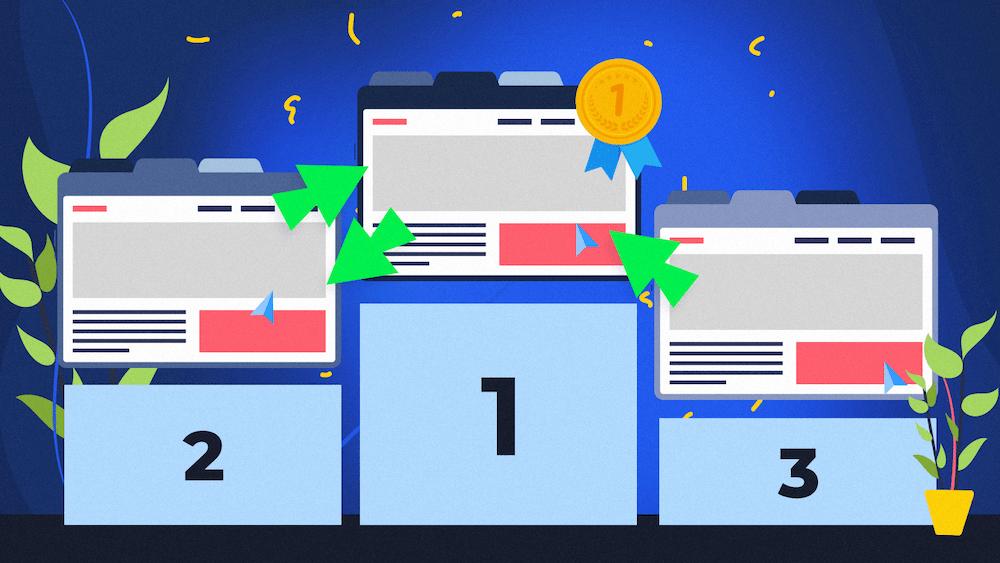Good Times? Bad Times? Complicated Times.
Yeah, complicated times indeed. Let me tell you a story. I recently returned to a barber whose services I had used for the first time a month prior. This was a pretty big deal for me because it had been two years and a different continent since the last time I found someone whose skills I admired enough to go for a second visit.
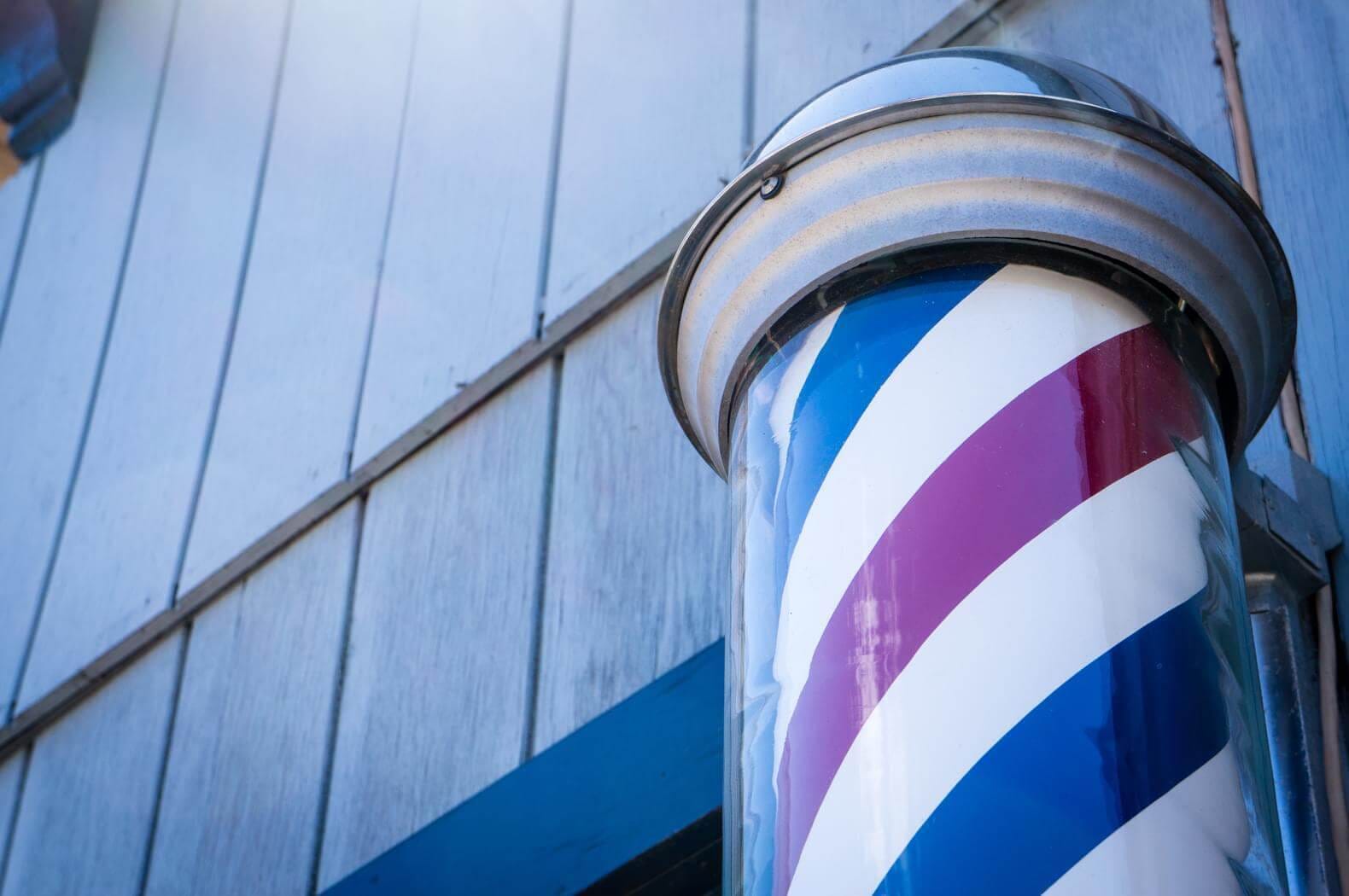
To my surprise, I couldn’t make an in-person appointment this time.
There I was, three meters from the barber and about one meter from the receptionist, who told me that I had to use an app on my phone to make the appointment. Now imagine his face when I took out my Nokia E51. He was shocked and didn’t know what to say for a moment.
I figured the receptionist would realize how ridiculous the situation was and offer to make an appointment with him, or maybe put me in line right there and then, but instead, he suggested that I go home and use the desktop app.
I couldn’t phone them, and they couldn’t book me through the app themselves. I was unable to get an appointment, and I was standing right there! I left, and you know what? I still haven’t been to a barber (imagine my hair right now).
When I consider having to use an app and give my email to them for free just to get a haircut, well it makes me wonder about the times we live in and question the direction where we all are heading.
While we are on the subject of appointments, have you seen the possibilities of Google AI? This is incredible. It’s an artificial digital algorithm that makes phone calls that sound totally human. It can even interact with different accents. It definitely can make a hairdresser appointment.
Maybe one for a barber as well?
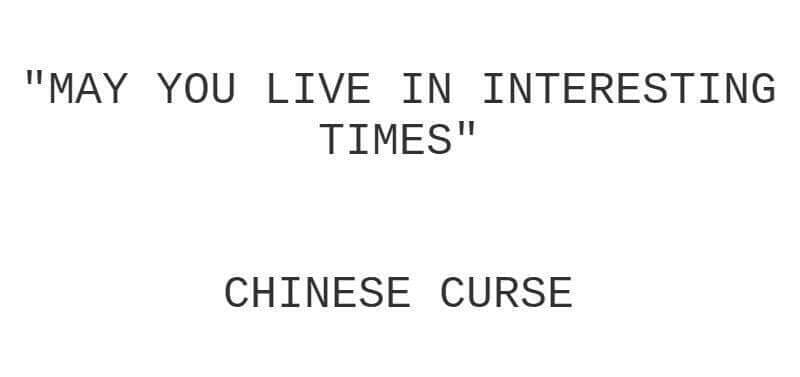
Between all of these apps and appointment-making AIs, I have begun to wonder if the (supposed) ancient Chinese curse, “May you live in interesting times,” could apply to today. Have our everyday lives transformed into a curse? If so, what witchcraft happened? Industrialization, technology, or did something emerge from the Large Hadron Collider, and we just didn’t notice it?
Don’t get me wrong, I admire the technology that people around the world have created to make our lives easier. So many apps are designed to simplify our daily lives, help with banking, measure our fitness level, and, of course, ease the grueling process of making appointments.
Okay, it’s great to have new technology, but come on! It should be an additional possibility for getting things done, not the only method. Why can’t I do things the original way?
Technological Isolation
Friends and acquaintances of mine have been talking about trends like slow living or staying disconnected. There seems to be a rise in popularity for these ideas and I’ve noticed more people dropping their social media accounts or leaving their mobile devices home and really enjoying the moment.
At the same time, I hear news about how people are addicted to their phones and social media accounts. Some even compare them to nicotine, alcohol, and heroin. You may think that’s an exaggeration, but you should be aware of how researchers are approaching this topic.
Opinions on the subject vary, but it gets real for me when I read such statements like the one below in reference to children.
Did you notice the word withdrawal? Now check the six core components of addiction by Mark D. Griffith.
I want to talk from my own personal experience. For eight years, I was a tutor. I taught children and adults from eight to 25 years old. Some may say addiction is too strong of a word, but I would disagree. I’ve seen it.
The lack of concentration, the urge to check the phone, the need to stay connected, and even the hysterical reactions or aggressive behaviors when the device was taken away. And I am not the only one to have these experiences. Check out the conclusions from this High School experiment.
I see both kids and adults who can’t take their eyes off their phones. I mean like everywhere – on public transportation, crossing the street, in restaurants, and at pubs.
It’s still weird to see a bunch of friends meet in a pub and watch them all pull their phones out and start to scroll. It’s even more incredible when they start sending each other messages, but that’s the reality now, isn’t it? If you don’t believe me, try to mindfully look around for one day and tell me what you see.
There must be a reason why tech giants limit the amount of technology their children use. I’ve also heard noise about banning mobile devices or social media for children under the age of eighteen as they can have the same effect as drugs, alcohol, or cigarettes – dopamine loop.
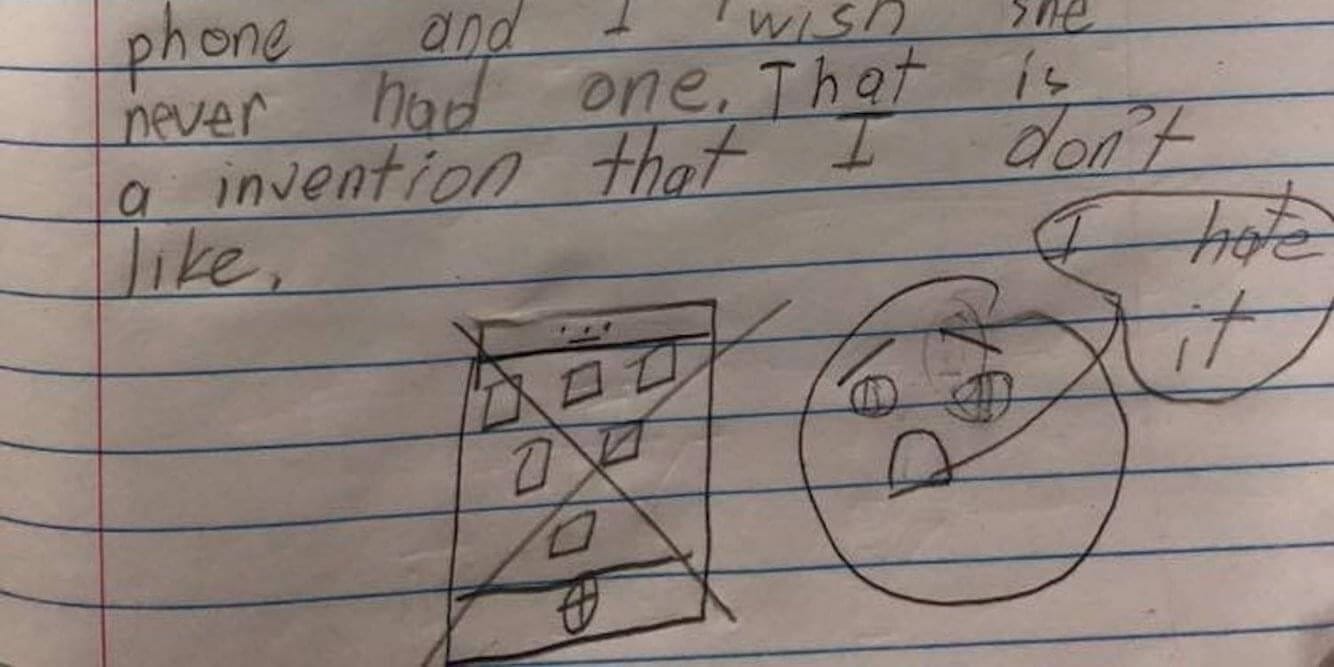
Okay, let’s not throw it all on the children. Parents seem to have a problem with phone overuse as well, but that in turn affects the kids in a different way. Some of these children feel that something is wrong, and they protest, as you can see in the picture above.
Privacy Awareness
Would you rather pay for an application or use it for free? I created a quick poll for my coworkers and friends on social media. See the results below.
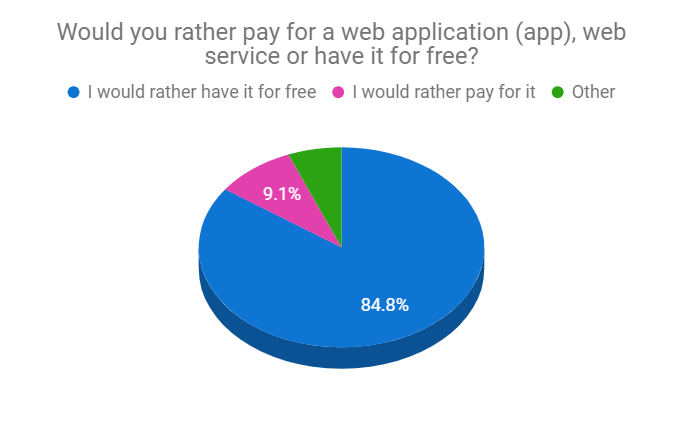
Now let’s expand this question.
Would you rather pay for the application with money or with your meta or personal data?
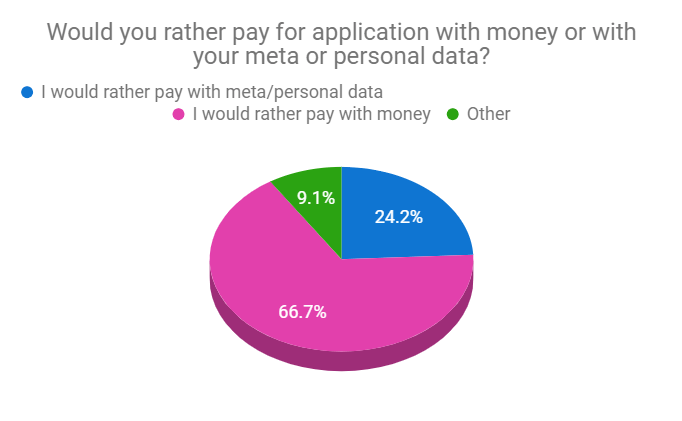
Do you think those questions are different? If not, think again. In most cases in the digital world, they are the same. When you get it for free, you really get it in exchange for your meta/personal data. So what was the poll result on this?
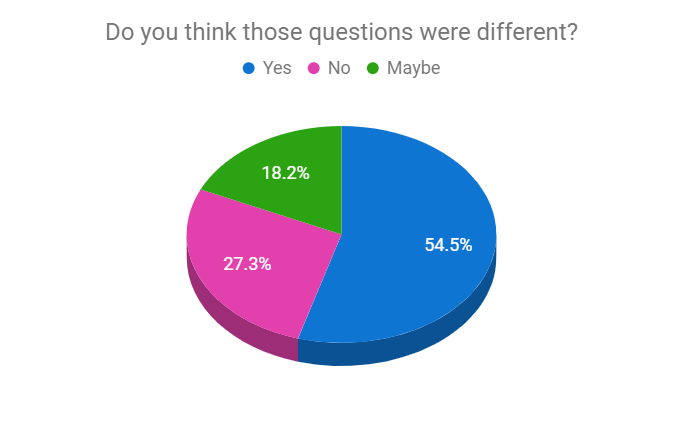
As you can see, most of the people I polled would choose a free web application but don’t want to face the consequences of doing so by having their meta or personal data used instead (I am aware that there are services that don’t collect and sell your data, but those are not the norm).
GDPR (RODO in Poland) has already taken effect. Don’t know what that is? Well, GDPR is a European Union Regulation that concerns every company (not only digital) that offers its services to EU citizens. Basically, it gives us many rights concerning our meta/personal data.
Due to the new law’s implementation, I started getting emails providing me with new privacy policies that I had to provide my consent to.
One of them, from a simple application, wanted my consent to share my data with more than 20 companies that I have never heard of. That’s scary, but we do it all the time – check out this news site’s consent page.
The last couple of months have brought many funny stories about the GDPR implementation, but also many voices of concern from business owners who were confused with the new demands. It paints a pretty bad picture of how unaware of our data usage that we all are and how it had been handled to now. This is also, not surprisingly, another reason why some people have decided to stay disconnected.
Instead of disconnecting completely, many people are trying at least to sweep up their digital footprint by utilizing plugins that have emerged like ad blockers or tracking disconnectors such as Disconnect. If you wish to learn how you are being tracked and what data can be collected, check out this mini documentary from Brett Gaylor, “Do Not Track.”
User Experience Lost Definition
If you have never heard of User Experience (UX), check out Wikipedia or Usability. When you read closely, you may notice that both descriptions generally describe human-computer interaction, especially concerning web design. Many UX designers and people working in the digital world tend to share this attitude and think only about the digital part of the process, missing the core idea of UX, which is user-product interaction. UX designers like Don Norman, agree that it’s about interaction, but about all possible kinds of interactions – with the brand name or packaging or the secretary when making an appointment.
Obviously, different people have different approaches to technology. There are older people who are not as aware of some technologies. There are also people who choose not to use it for different reasons or at different times, such as people concerned about their privacy after recent data leaks, parents who want to limit their and their children’s screen time, or even those who are just being trendy.
Brace Yourself, the Future has Come
When we design companies or products in the digital world, we spend a lot of time on UX to determine all the possible outcomes of user interaction. We cannot lose users for any reason because that usually equals loss of money.
So we try to implement the newest, coolest, and most usable technologies, but even then, we still have to consider people with old devices. This means, when it comes to “real life” human-to-human interaction, we simply cannot ignore real people and the real choices they make in our non-digital UX.
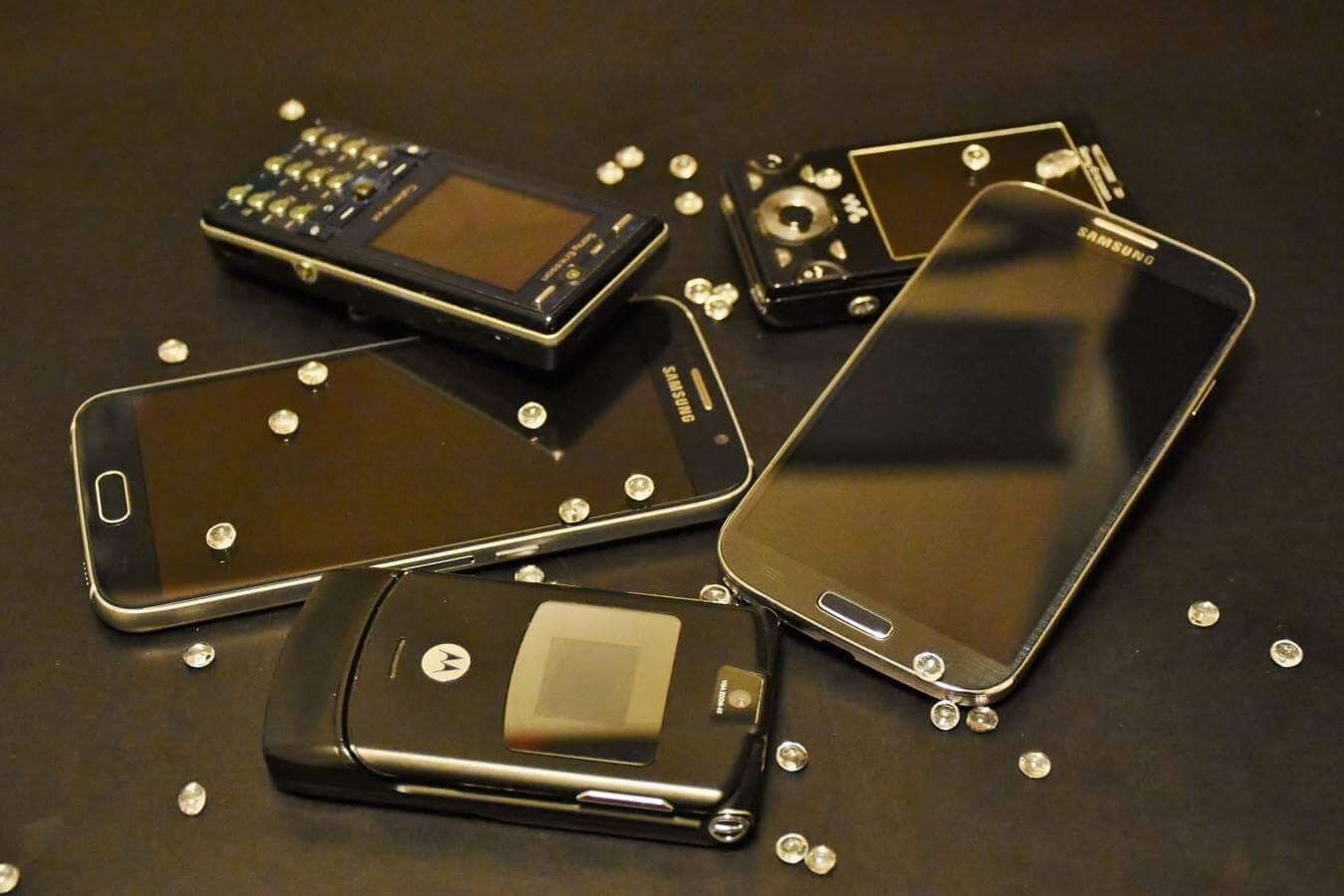
It’s great to be able to make appointments electronically, but we have to remember that some people don’t want to do it that way. Obviously, I am one of those people. I choose to pay for the barber with money, not my email. We also have to keep in mind that some people can’t do it for whatever reason, and making it impossible for those people is a sure-fire way to lose business.
To be fair, it could be that the reason the barber shop decided to use the app exclusively is because of GDPR, which has strict rules about storing personal data, and they ceded it to an external company. Still, there has to be a way of handling clients that come in person or phone them.
Conclusion
It is in our hands (designers, business owners, parents, human beings) to prevent our times from being a curse. We have to stand up and create a balance between technology and life. From a designer’s perspective, we have to be aware of the different approaches people take and consider them in our designs.
Finally, we have to be aware of the consequences of our choices. We must make sure that technology is a blessing that improves our lives, not a disease that addicts people and makes them miserable. Embrace the power that you possess when you design your product user experience and create a better world for our children. For everybody.

